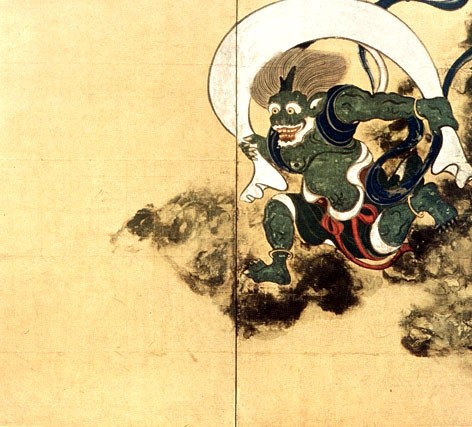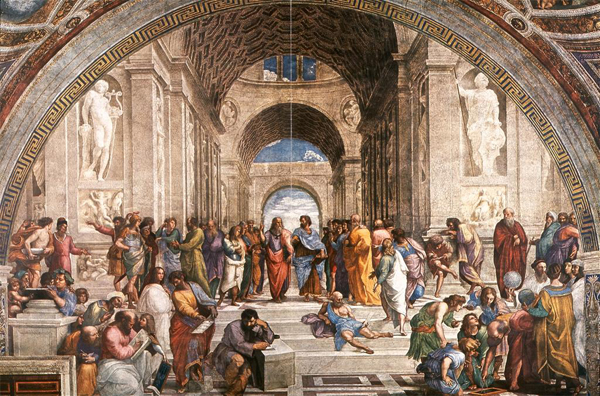1. Aaron Douglas
.jpg)
Mr. Douglass uses the shape of a star in this piece. He also uses shapes in the dark silhouettes of the three people. His shape quality provides great craftsmanship, and gives the piece an abstract feel, where the objects are still recognizable. The overlaying of multiple shapes adds tone.
2. Elizabeth Murray

The artist uses three dimensional shapes and collages them together. The contrasting colors and unique outlines on the shapes, featuring many curves gives a playful vibe, verses a harsh geometric feel if she uses average shapes.
3.Bill Brandt

Mr. Brandt uses shapes in his compositions symbolically. By this I mean he does use obvious shapes, but the clear focal points of the legs, create their own shapes within them, anatomically and with shadows. The windows add a bit of a geometric perspective, but since they are not the focus, they do not steal attention away from the legs.
4. M.C Escher

He uses shapes in the spheres and in the "ribbon-like" lines, which wrap around each other, to create the illusion of the human head. They give a 3D vibe to this 2D piece.
5. David McNutt

He uses creates unique silhouettes with positive and negative space. It give the appearance of a shape within another shape and is really visually fascinating.
6. Robert Rauschenburg
.

He uses a unique approach to shape quality, by sectioning off and painting rectangular spaces, or adding on additional rectangles and squares to this mixed media, architectural piece.
7.Helen Frankenthaler

She uses an originally designed shape, and fills it with different tones of blue, to give the appearance of multiple shapes within in. The green background creates another shape as it contrasts with the edges of the blue one.
8.Wassily Kandinsky

He uses a very defining, geometric shape quality. Not only does he use shapes but he also adds interest with simple black lines which intersect shapes and other lines.
9. Ansel Adams

In his photograph, Adams uses shape through the spherical boulders and square/triangular pyramid shaped mountains. The angle of the clouds filling in the valley between the mountains, adds definition to their slopes.
10. Robert Moskowitz

Moskowitz's piece uses a very simplified shape. His only objects in the entire composition are the tree trunks and branches, which appear flat with no extra gradation. They frame the white, background space.
11.Charles Demuth
Demuth creates shapes with architectural lines and shade variations within the buildings. The buildings already have a shapely contour to begin with, which adds to the shape quality. Overall it is very refined.
12. Sidney Goodman

Goodman does not have a distinctive shape quality. He appears only to semi-create anatomical shapes with the shading of the charcoal. The piece is excellent overall, but I cannot see any stark use of shape.
13.Romare Beardon

Beardon uses shapes all over this piece. You cannot look in one spot without seeing another shape. There is semi shading within these shapes, but overall they maintain a flat, cartoon look.
14. Jasper Johns

This pieces's use of shapes is pretty obvious and straightforward. It is the American flag and the shapes of the flag are repeated and appear as they always have.











